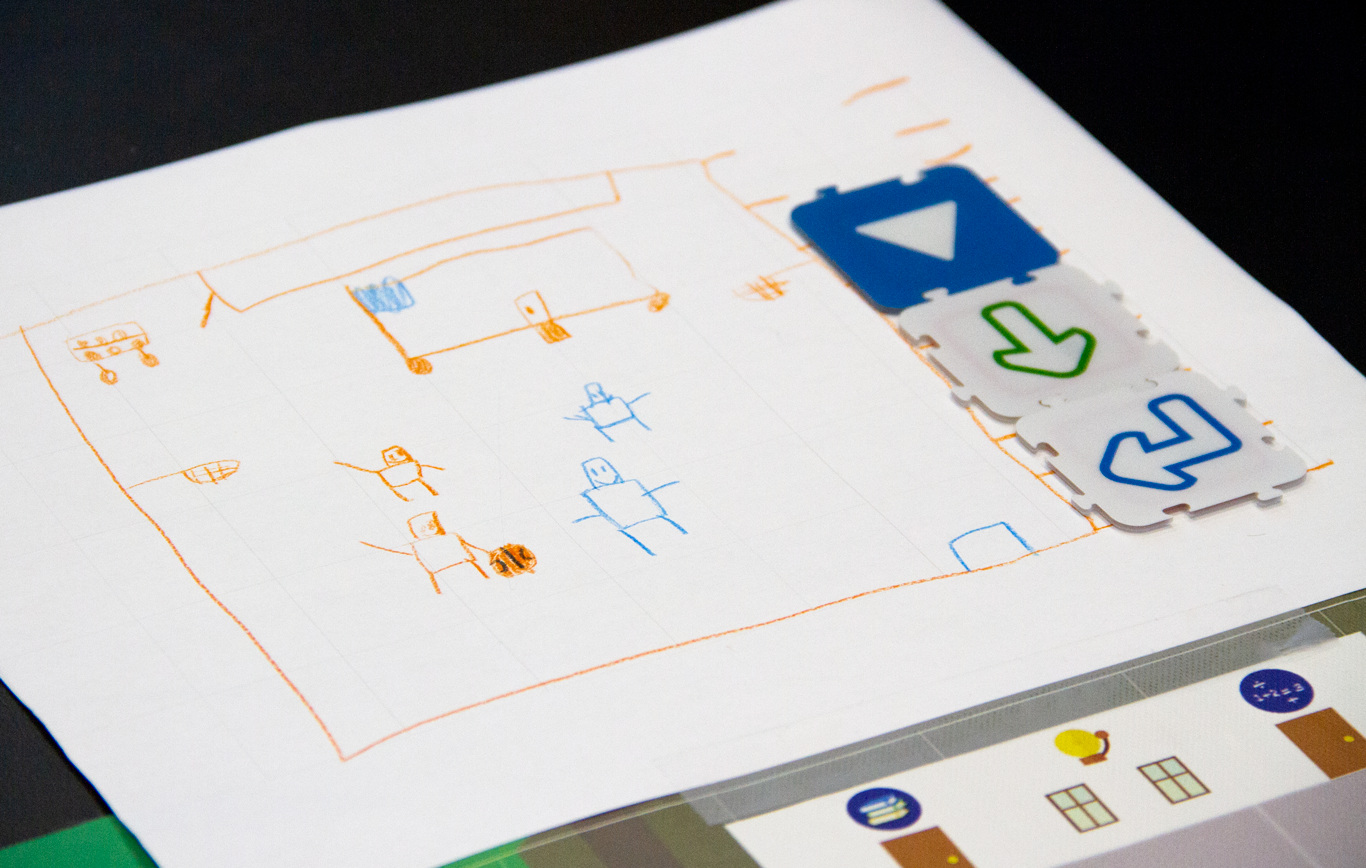Updated 6/13/24
Inquiry-based learning isn’t a new idea in education. While writing my master’s thesis, I studied science classrooms that utilized inquiry-based learning vs traditional teacher-led learning. To be certain we’re all on the same page, let’s define inquiry-based learning: “a student-centered approach where the instructor guides the students through questions posed, methods designed, and data interpreted by the students. Through inquiry, students actively discover information to support their investigations.”
When thinking about inquiry-based learning, science quickly comes to mind as an easy platform to allow students to learn through hands-on experiences, posing and answering questions, working cooperatively with others, problem-solving, and more.
Basics of Inquiry-Based Learning in a Classroom
I teach elementary students. They’re eager and enjoy inquiry-based learning opportunities. Young students enjoy hands-on learning experiences. Manipulatives give students a kinesthetic opportunity to learn by doing. They can visualize a problem and use hands-on experiences to solve it – they’re actively engaged in learning the material being presented. This is student-centric learning at its best.

Teachers can stimulate inquiry-based learning by asking a question and allowing students to build, create, discuss, draw, write or blog, present, experiment, or solve the problem employing whatever method they’re most comfortable with. Giving students an opportunity to explore a problem and then decide how to present their findings provides students ownership in their learning. It also creates excitement!
How to Overcome Obstacles with Inquiry-Based Learning
Student-led learning in elementary? YES! Some teachers might feel uncomfortable with inquiry-based learning as students are more in control of their learning. In inquiry-based classrooms, students are moving around, discussing situations, using materials, and solving problems. Students aren’t sitting behind desks quietly answering problems from their book. This creates new challenges, and this can make some teachers uneasy. So, what can you do to make tackling this approach more manageable?
- Remember to keep the problem relevant to them. Context and relatability are huge for helping students connect with the problem at the beginning. Keeping at their age level and focusing on something that is a shared interest for the class are key.
- Set goals. Help students know what is expected of them by creating a specific set of roles, responsibilities, or expectations. This might be in the form of a rubric or activity guide. This doesn’t define the steps to get to a solution but rather the behaviors and skills students should employ to achieve their work successfully.
- Be open-minded. You’ll have to accept and expect the spontaneity of students’ discovery process. A question or lesson may have a frame with multiple directions or just a loose objective instead of concrete directions. Materials used by students can vary, and the projects and solutions submitted as answers to problems will too, but this makes the learning process that much richer.
- Ensure them that you’re here to help. This is a given, but we know students need (and appreciate) support. Giving encouragement and hints as well as helping them reframe their struggle when they get stuck makes all the difference in their navigating to a solution.
- Seek out unusual methods for common lessons and cross-curricular opportunities. For example, this year I’m using a new coding product that allows us to span subjects we’d normally cover individually. It’s a blended experience with students at the heart of the learning activities. (Inquiry-based learning at its finest!)
Coding in an Inquiry-Based Learning Elementary Classroom
Naturally, inquiry-based learning lends itself well to teaching coding. With coding, there’s an expected progression of processes to find an answer or solution to the posed question or task. But, coding in elementary? You bet.
KUBO Robotics is my newest resource to promote this learning style and helps students connect with our content. KUBO is a durable, screen-free robot designed to teach coding and computational thinking. KUBO can be placed in a center within the classroom and used with small groups or as a whole-class instructional tool.

Provide students with problems that KUBO needs to solve, then give them time to solve the problems. Give students scenarios that KUBO must navigate through to reach a target location. Require students to use math as they move from one location to the next. For example, each move could cost a certain amount of money; which route costs the least amount of money? Use KUBO to create and change the ending of a story students have been reading. In social studies, research and create a map of your school or hometown and let KUBO explore. By providing students with hands-on experiences, educators allow students greater opportunities to enhance their understanding of the material being presented while being engaged and excited in their learning!
Inquiry-based learning, while not necessarily easier for educators, doesn’t have to be hard, especially with STEM education. There’s an abundance of natural ways to incorporate this style. And having great tools, like KUBO, makes it that much simpler and more fun!
MORE RESOURCES:


